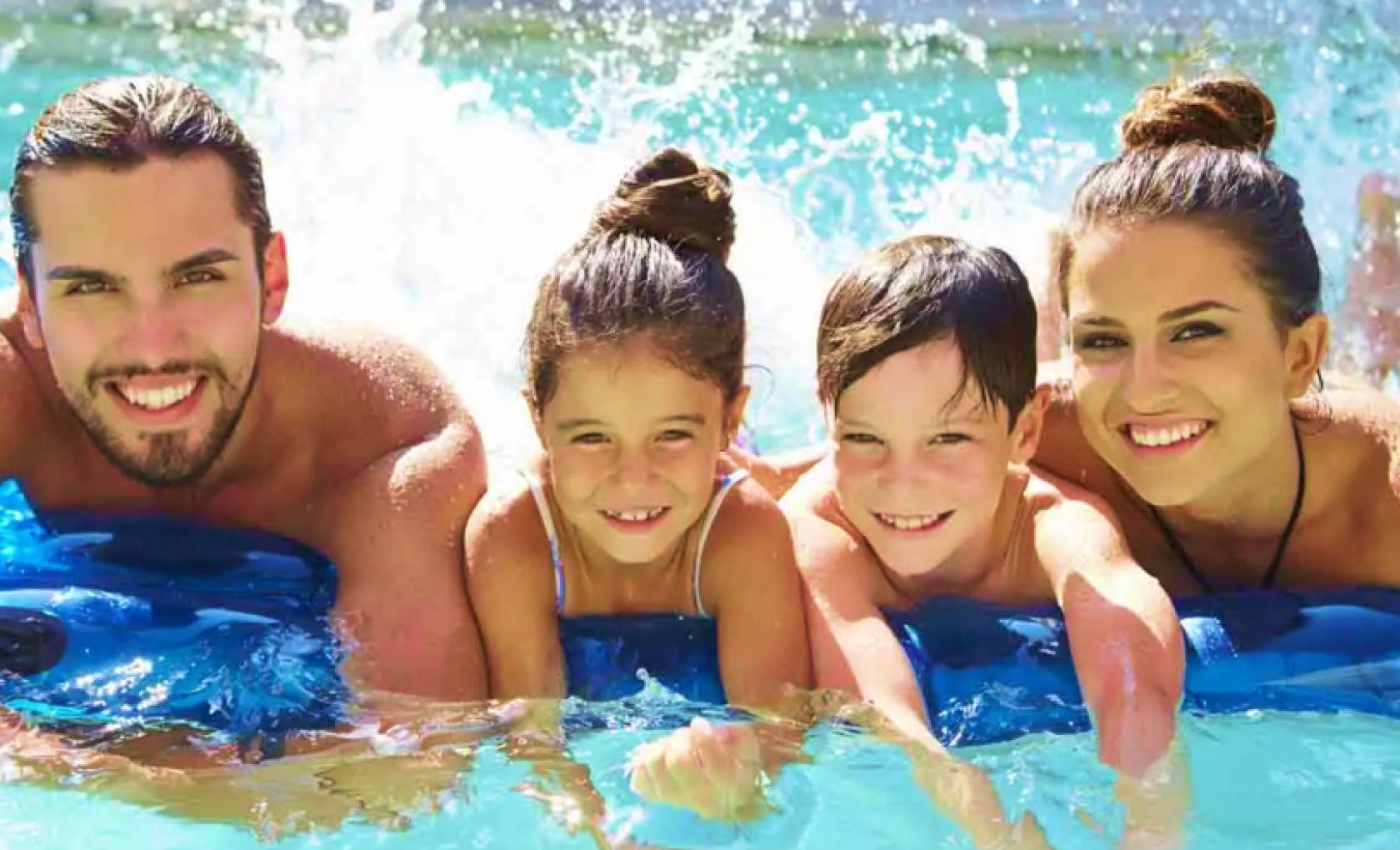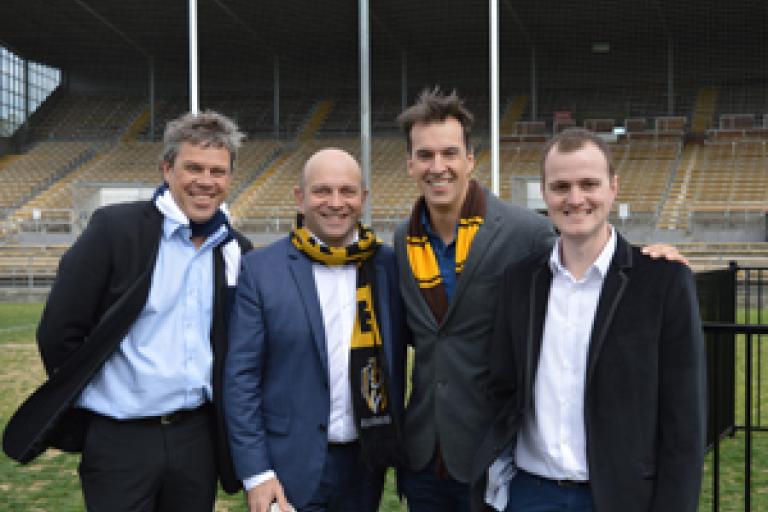Safety on the agenda
October 20th, 2010

There has been slow but hopeful progress in some areas of pool safety, both here and overseas. Unfortunately, there have also been some shocking accidents including two evisceration incidents.
On the positive side, Standards Australia is considering correcting the anomalies in the safety standards relating to pool suctions, and will hopefully make revisions to 1926.3. One of the big issues has been the confusion surrounding the eligibility of the safer style of suction cover. Standards are now gearing up for the revision and have requested input from all interested parties. It will be a long process including analysing input and also taking into account the experiences in the US.
This safety issue will be discussed in more detail at the upcoming SPLASH! Expo on the Gold Coast.
On the less positive side, there have been two evisceration incidents – one in New South Wales and one in the Northern Territory.
Several months ago, splashmagazine.com.au published a warning from former SPASA education officer Ken Collins about potty skimmers and the potential for serious injury to small children where these devices were still in place. SPASA NSW also made warnings about this issue.
They are a leftover from the 60s and 70s fibreglass pool industry, where a skimmer was incorporated in the shell, but without an affixed lid. When the loose lid is removed, the skimmer looks like a “potty” and small children will sometimes sit on it with dire consequences – if the pump is running, the child’s bowels can be pulled out through their anus, resulting in disability or death.
The pool shell manufacturers issued a modification kit and written instructions on how to overcome the hazard. The problem is that while many potty skimmers have been modified, many still remain as first installed, and many modifications were not done correctly and the lids became removable after a year or so.
What is now required is that everyone makes a concerted effort to find any remaining potty skimmers and remove the hazard to small children. The suggested course of action is as follows:
1. If you see one – remove it!
2. Technicians – ensure it is removed if you see it – don’t just tell the owner – make certain it is repaired immediately and that the pool and pump are not used until it is fixed.
3. Builders (who have installed them in the past) – you should know where they are – ensure they have been removed or at least disabled by covering them securely according to the instructions.
APSP releases suction safety report
The US Association of Pool and Spa Professionals has released a technical committee report on suctions and the ANSI/APSP-7 standards. It is worthwhile reading following the passing of the changes to the US legislation. Click here for a link to the APSP report.
By The Splash Team
Subscribe to SPLASH! Today
Get the latest updates direct to your inbox.




